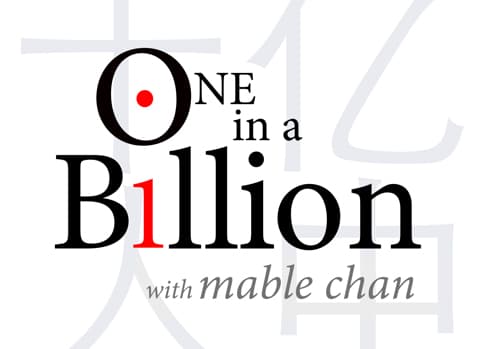Over a few short months, COVID-19 has evolved from an obscure virus to a full-blown global pandemic that has now spread to every continent, with the exception of Antarctica. Citizens around the world are falling into panic mode as governments sound alarms to prevent the spread of coronavirus. Meanwhile, in China, the epidemic is coming to a close with the rate of new cases steadily dropping from the thousands to just 27 new cases today.
Life has all but reached a new normal here — masks remain on everyone’s faces but the fear associated with the virus has died down significantly. I have been in Shenzhen, China, since mid-January, and this is my account of the rise and fall of public panic in China during the coronavirus epidemic.
It is now well-known that Chinese officials in Wuhan tried to cover up information related to COVID-19 in the early days of its spread, leaving most citizens unaware of the seriousness of the disease and utterly unprepared for its impact.
It wasn’t until the night of January 20, when a prominent Chinese respiratory expert confirmed on state television that there were reported cases of human-to-human transmission of the coronavirus that public panic started to spread.
Face masks swiftly disappeared from the shelves of pharmacies the next day with supplies coming in at a much slower rate. Even so, it was hard to override the festival spirit as the biggest holiday and family gathering event of the year in China, Lunar New Year, was just around the corner.
The supermarkets in town were crowded with people stocking up on food supplies for the festivities, and many were still willing to brave the risk of traveling via trains and planes to follow through with their holiday plans.
Repeatedly, I had to remind myself that behind these numbers were individuals and families whose lives were permanently altered by this disease.
On January 23, the city of Wuhan shut its gates with minimal prior notice — thus escalating panic levels across the nation. Several other cities in the Hubei province soon followed suit, and most are still on lockdown as of now.
Many who managed to leave their locality before the lockdown began were accused by outsiders of deliberately trying to spread the virus. Truth be told, xenophobia related to coronavirus first spread within China before it spread globally.
The nation then fell into a frenzy.
Fear of infection led to discrimination against Wuhaners and those from the Hubei province. Many Hubei residents who were on the other side of the blockade found themselves unable to return home, and similarly unable to find a place to stay as many hotels around China were unwilling to accept them.
As for those under lockdown who worked or studied outside of Hubei, they had no choice but to put life on hold and settle in for the long wait.
On the eve of the Lunar New Year, the atmosphere was gloomy both inside my home and outside in the city. There were no fireworks, no festivities, and no laughter. Only the dull noise from our living room TV displaying the annual Lunar New Year Gala filled the silence.
The show was both comforting and disturbing. It offered a mindless source of distraction from the influx of disturbing news from Wuhan, where doctors worked through the holiday in understaffed hospitals overflowing with potential coronavirus patients. Although the ravishingly dressed TV hosts wore bright smiles as they welcomed China into the New Year, nobody on the other side of the screen was likely smiling with them.
The next two weeks felt like a daze.
I woke up every day with the insatiable urge to check my phone for news on the outbreak, only to be deflated to see the situation spin more and more out of control. In a short amount of time, the virus had spread to every corner of China, including the hinterlands. The numbers tracking the spread of the virus rose so fast that they started to lose meaning. Repeatedly, I had to remind myself that behind these numbers were individuals and families whose lives were permanently altered by this disease.
What’s worse, many people in Wuhan questioned the comprehensiveness of officially reported data, suspecting that there were far more actual cases than the number reported at the time. This discomfort with accuracy is now a phenomenon happening all over the globe as the virus spreads.
My sense of fear heightened as I treated every cough and sneeze with self-suspicion, worrying that I too may have fallen ill. Social media was no longer a place where one posted vacation photos or self-promotions. Everything on my timeline was linked to the coronavirus outbreak: there were conspiracy theories that argued about the origins of the virus, angry posts that berated the ineptness of government response measures, forwarded messages from friends of friends that sought help in securing medical equipment for the doctors on the front lines or available hospital beds for the sick.
The internet had become a whirlwind of distress, and it was hard not to feel my heart sink every time I picked up my phone.
Droves of doctors around China prepared to give their lives in the fight against the epidemic and were sent to Wuhan. Sadly, a handful of them died.
At 25 years old, I had never witnessed firsthand an epidemic of this scale. My mother, age 55, reported the same. She cried silent tears when she read stories about the fate of families torn apart by the epidemic and young doctors sacrificing their lives to fight it.
For the sake of my own sanity, I had to take a break from social media. The psychological stress was simply too much. I can’t imagine what it must be like for those in Wuhan or the other areas under lockdown.
I opted instead to shift my negative energy toward actually doing something useful to help.
It was heartwarming to see many of my peers both in China and abroad come together and volunteer their time and effort to provide relief for those who needed it most. I collected their stories and reported them in the hope of drawing more international attention to their plight and the plight of those they served. I then donated the proceeds back to their cause.
The death of Wuhan doctor and publicly recognized whistleblower, Li Wenliang, on February 7 marked a sleepless night for many in China. Dr. Li was summoned by police days after he tried to raise concerns about the coronavirus before it was officially brought to public attention. He was made to sign a confession for “spreading false rumors.”
The internet had become a whirlwind of distress, and it was hard not to feel my heart sink every time I picked up my phone.
His most famous quote spoken from his hospital bed days before his death was: “There should be more than one voice in a healthy society.” Dr. Li’s death was not meaningless. Overnight, he became a symbol of truth in a society that punishes those who tell it.
By then, the official Lunar New Year vacation period had come and gone, but it was still unclear when or whether businesses and schools would reopen.
Registration stations, staffed by government community workers, popped up outside every residential complex. They were responsible for tracking residents’ movements, checking body temperatures, and ensuring that those ordered for self-quarantine stayed indoors.
“Did you just come back from out of town?” one of the neighborhood committee members, wearing a red armband, sternly asked a man entering my complex with a suitcase. It was standard to self-quarantine for 14 days when returning to your place of residence after the break, no matter where you came from.
The streets remained empty except for a few pedestrians here and there, and everyone wore a mask. I suspect people that didn’t own masks simply stayed inside as it was now impossible to enter any public space without one.
Key providers such as supermarkets returned to full capacity. The rows of well-stocked produce offered a hint that things were improving beyond the apocalyptic vibe just a week earlier.
Everyone shopped in silence, behind masks.
Although the situation was still dire on the medical front lines of Hubei, social media regained a more positive beat. Friends shared pictures of delicious home-cooked meals and jokes circulated about being holed up at home, and netizens got creative with building home entertainment gizmos such as makeshift golf courses or Ping-Pong tables.
We all waited for news of when life would return to normal. That news never came. Nonetheless,life slowly shifted.
The streets began to fill again with pedestrians, cars, and motorbikes. Neighborhood committee members relaxed their previous rigor when checking for temperatures and tracking comings and goings. Product promoters in my local supermarket returned to their chatty ways.
As if in a disorderly domino effect, small business owners lifted the metal fencing on their stores one by one after more than a month of idleness. The city’s mostly white-collar workers either worked from home or carefully trickled back into the office. The paranoia and distress died down.In the news, medical victories surpassed medical tragedies.
People are carrying on as if this was what life has been like all along. 2019 feels light-years away. Each passing day makes it more and more clear that the worst has come and gone and yet nobody can be certain where the true finish line is.
For now, I look forward to the day when we finally rip off our masks and enjoy the privilege of fresh air once more. To the world now enduring this same trajectory, I say — fight on because this too shall pass.
(Note: This blog is published with permission from Ting Zhang. To read more blogs by Ting on Medium – Click here.)


